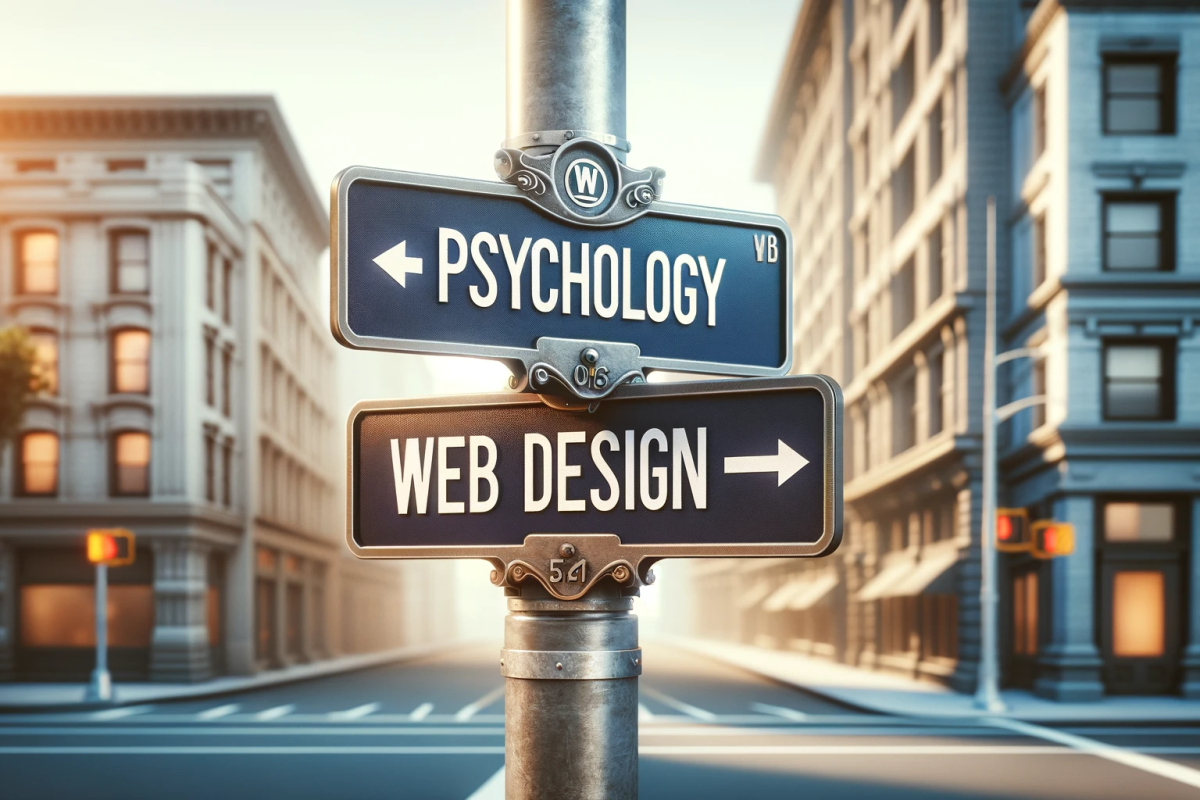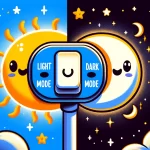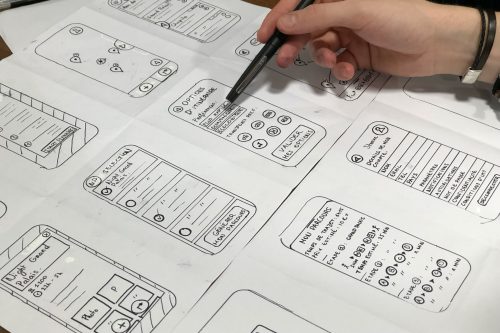The Intersection of Psychology and Web Design
What’s your favorite website, and how does it make you feel? Even if you haven’t thought about it, there’s psychology at play. As a product designer deeply immersed in the world of UX research, I find the marriage of design principles and psychology to be a potent force in shaping user behavior and satisfaction.
Understanding User Behavior:
Successful web design goes beyond aesthetics; it delves into understanding how users think, feel, and interact with digital interfaces. Your favorite website might subconsciously evoke positive feelings, and that’s the psychology at work. Through extensive research, we can uncover user preferences, pain points, and motivations, enabling us to tailor designs that resonate with the target audience.
The Power of Visual Perception:
What’s intriguing about your go-to website’s design? Is it the color scheme or the layout that guides your gaze? Psychology illuminates the intricacies of visual perception, guiding designers in creating layouts that intuitively guide users. Your favorite website likely leverages these principles to enhance usability and create visually compelling experiences.
Building Trust and Credibility:
In the digital landscape, establishing trust is paramount. Your preferred website might instill a sense of trust and credibility. Psychology guides designers in building this trust through clear communication, intuitive navigation, and consistent branding. Aligning design elements with user expectations fosters positive experiences, making users more willing to support the business.
Navigating Cognitive Load:
Think about the simplicity of your favorite website. It probably avoids overwhelming you with information. Psychology sheds light on cognitive load, helping designers streamline interfaces and present information in a digestible manner. Minimizing cognitive friction enhances usability, ensuring that users can effortlessly navigate through the digital landscape.
Embracing Emotional Design:
Beyond functionality, web design has the power to evoke emotions. Your favorite website likely taps into emotional design elements. Thoughtful use of imagery, microinteractions, and storytelling can evoke positive emotions, fostering a memorable and enjoyable user experience.
Accessibility and Inclusivity:
How inclusive is your favorite website? Psychology plays a crucial role in advocating for accessibility and inclusivity in web design. Understanding the diverse needs of users allows designers to create interfaces that cater to a broader audience, fostering a more user-friendly digital landscape.
Conclusion:
What makes your favorite website stand out? As a product designer entrenched in the dynamic world of UX research, I’ve witnessed the transformative impact of psychology on web design. From understanding user behavior to crafting visually appealing interfaces and fostering emotional connections, the marriage of design and psychology is instrumental in creating compelling user experiences. When businesses prioritize delivering experiences that align with user wants and needs, engagement naturally follows, and users willingly support the business. In the ever-evolving digital landscape, the synergy between psychology and web design remains a powerful catalyst for innovation and user-centric design.





